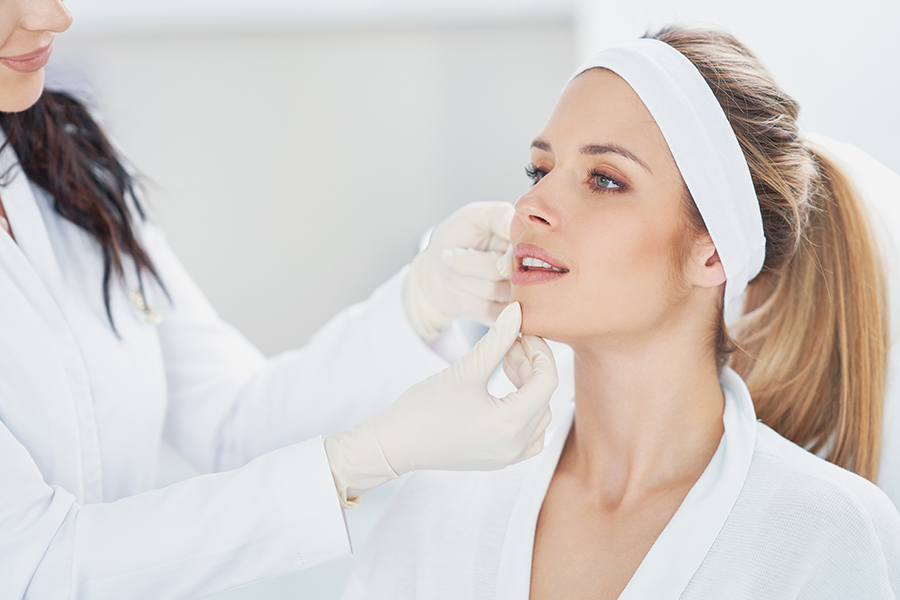Got laugh lines? One of the first places that women tend to notice permanent lines on their faces are their nasolabial folds — more commonly called laugh lines. Your nasolabial folds are the normal skin folds that run from each side of your nose to the corners of your mouth, and even children have these folds when they smile.
But as we age, the lines start to become more permanent and deep creases can form even when you are not smiling. This is typically the result of loss of skin elasticity, descent of the facial soft tissues, and loss of volume in the cheeks. Because we smile often, these lines can develop relatively early, even in your 20s and 30s.
In my experience, some young people are conscious of their laugh lines in their 30s, but wary of starting injectables. They may be concerned about lumps, asymmetry, and other potential side effects. But the hyaluronic acid fillers are very reliable, work well, and are reversible, so temporary fillers can be a good solution.
However, it’s important to assess all of the possible causes of your areas of concern. Often, your nasolabial folds or laugh lines are made worse by a lack of support in the soft tissues of the cheek/submalar area. Augmentation in the cheek area can help to support the nasolabial fold and also the lower eyelid area. This area can be augmented easily with an injectable filler like Voluma or Restylane Lyft, but can also be addressed with a cheek implant. A cheek implant or submalar implant can be very helpful to support the soft tissues of the cheek and lift the nasolabial fold area.
Injectable fillers or cheek implants?
A cheek implant or submalar implant is a relatively simple and short surgical procedure that offers a permanent improvement. They are very predictable, reliable, and have low complication rates. They are also permanent and as a result, cost less in the long run when compared to repeated injections of temporary fillers.
Temporary fillers like the commonly used hyaluronic acid fillers do require follow up injections every 6–24 months (depending on the product and patient) in order to maintain the result. These products are not a permanent solution and will become expensive to maintain over the years, although many patients will see that they require less and less product over time as their body responds by creating its own hyaluronic acid and collagen to support the area.
I typically do not use permanent fillers. Permanent fillers have the risk of asymmetry which is not easy to correct, are difficult to get even, and have a risk of nodule formation and infection.
Of course, every person and situation is different, so a consultation with a board-certified physician specializing in facial aesthetics is always recommended in order to obtain an individualized treatment plan. I believe it is valuable to know that there is rarely only one solution to your concerns, and that addressing the underlying causes will often result in the most effective treatment. Seeing a facial plastic surgeon allows you to understand and explore all the different treatment options (such as cheek implants) that may not be available from other providers.
If you are seeing more permanent, deep laugh lines or nasolabial folds in your 30s, and want to explore your best options for improvement, we’re interested in helping you create a plan that addresses all your concerns.
Call us at 469-362-6975 or CLICK HERE to email us and we will be in touch with you shortly to schedule your free consultation.
Matthew A. Richardson, MD
Facial Plastic and Reconstructive Surgery
Hair Restoration Surgery
Texas Facial Aesthetics

